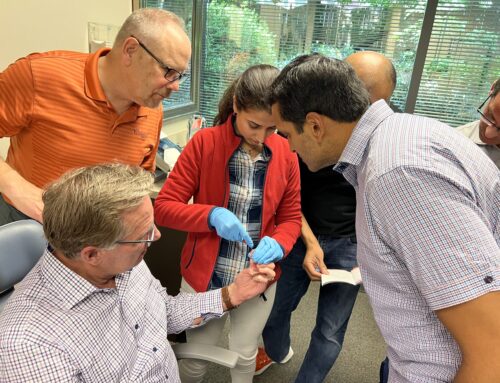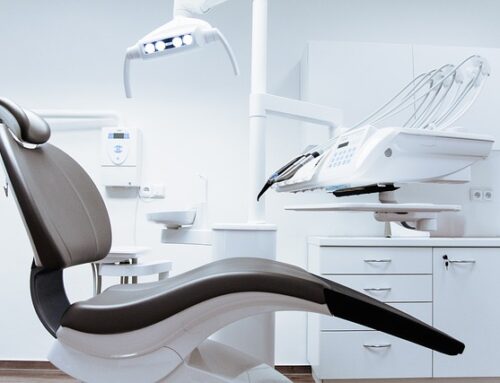In a recent study from the journal Sleep Medicine researchers looked at the treatment of obstructive sleep apnea (OSA) with an oral appliance (OA). There is currently no gold standard method to fine-tune the mandibular advancement. This study was created to analyze the effect of gradual increment of mandibular advancement on the evolution of the apnea.
What were the results?
The researchers proposed the use of a multiparametric titration protocol to optimize the mandibular advancement. Thirty percent of the sample population exhibited the best results without any mandibular advancement and low frequency of side effects were observed. There were 36 patients involved in this study (22 were men) with a mean age of 57 years.
The mean mandibular advancement was between 1.7 and 1.5 mm achieving about 50 percent reduction in AHI in 72 percent of the patients. There were also 27 patients with an AHI of 10. Of the 21 patients with moderate to severe OSA, 17 had the highest decrease in the AHI in a mandibular advancement of about three millimeters.
Researchers found that monitoring the subjective symptoms of the patient and objective evolution in the AHI could minimize the mandibular advancement needed for proper treatment of OSA. What are some other ways to help improve oral appliance therapy results with our patients?




